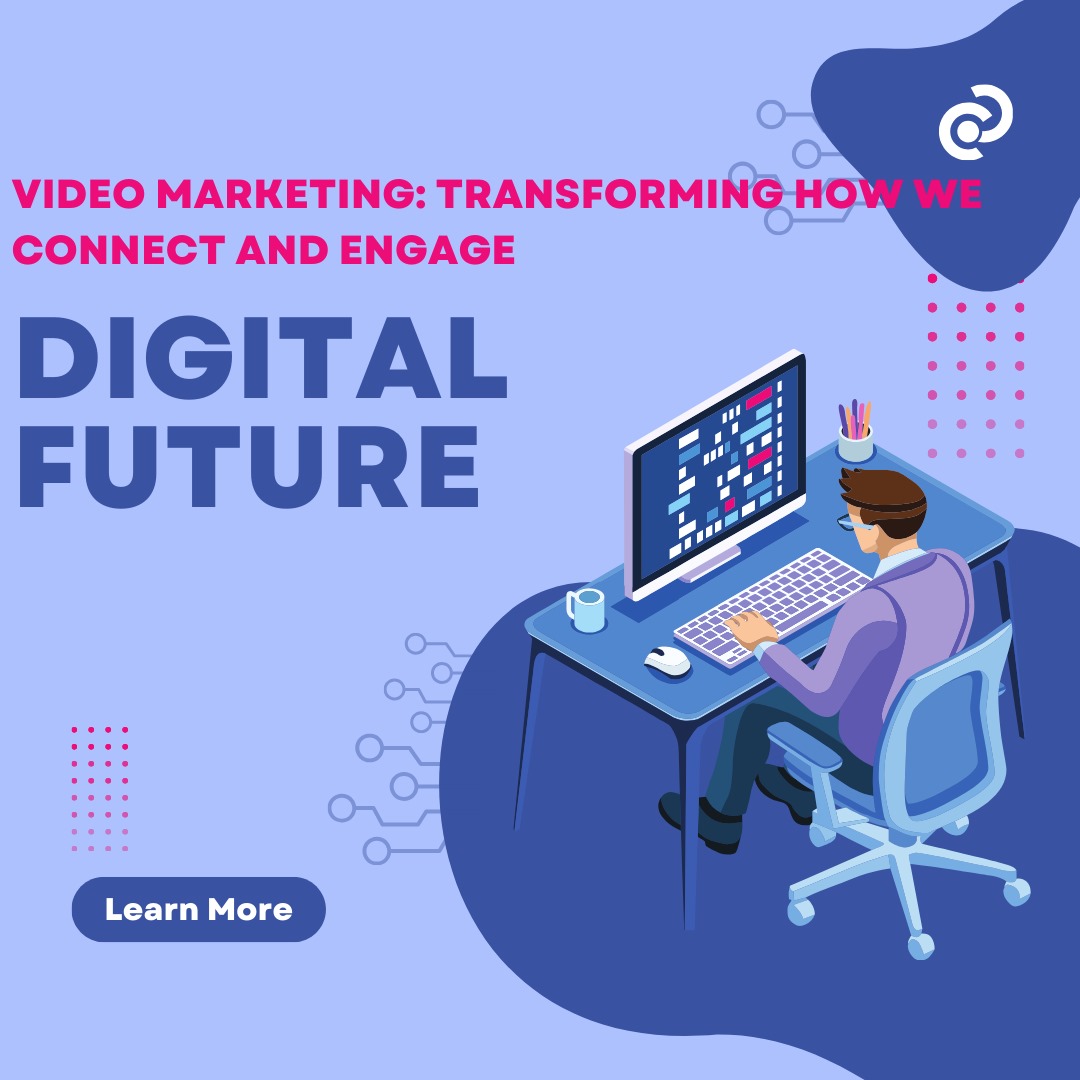Discuss the growing importance of video content across platforms like YouTube, Instagram Stories, TikTok, and live streaming. Include tips for businesses looking to implement video marketing strategies.
In the digital age, content consumption is evolving at an unprecedented pace. Among various forms of content, video has emerged as the dominant medium for both creators and businesses alike. Platforms like YouTube, Instagram Stories, TikTok, and live streaming services have revolutionized the way people consume information, entertainment, and advertisements. The accessibility, engagement, and versatility of video content are reshaping the marketing landscape, offering businesses a unique opportunity to connect with their audiences in more dynamic and authentic ways.
The Surge of Video Content Across Platforms
1. YouTube: The Powerhouse of Video Content
YouTube has long been the most popular platform for video content creation and consumption. With over 2 billion logged-in monthly users and billions of hours of video watched every day, YouTube has become a hub for creators and businesses looking to reach vast audiences. From how-to guides and tutorials to entertainment and influencer marketing, YouTube caters to a broad spectrum of content.
As user preferences shift, YouTube has adapted its platform to suit mobile-first consumption, with short-form content like YouTube Shorts emerging to compete with the likes of TikTok. This shift in video formats is indicative of a larger trend across platforms where short, snappy, engaging content is preferred by users. This transition gives businesses the opportunity to create diverse video strategies that combine long-form content (for brand storytelling) with short-form content (to drive quick engagement and virality).
2. Instagram Stories: A Snapshot of Real-Time Engagement
Instagram, which began as a photo-sharing platform, has evolved into a visual-first medium with a powerful video component. Instagram Stories, with their temporary and authentic nature, have become a vital tool for content creators and businesses to engage with their audience in real time. The platform allows for spontaneous, behind-the-scenes footage, quick updates, promotions, and influencer collaborations. Stories can be further enhanced with features like polls, questions, and swipe-up links, creating interactive experiences that keep users engaged and increase the chances of content going viral.
With the integration of Instagram Reels, a feature similar to TikTok, Instagram is catering to users who seek short, high-impact videos. The combination of Stories and Reels makes Instagram a versatile platform for businesses looking to create a balance between ephemeral, authentic content and highly shareable, branded videos.
3. TikTok: The Short-Form Video Revolution
TikTok has completely redefined the video landscape with its algorithm-driven feed, encouraging users to consume endless streams of short-form videos. The platform has gained massive popularity, especially among younger audiences, with its creative, fun, and highly engaging content. TikTok’s algorithm ensures that even accounts with no followers can go viral, making it a level playing field for all creators.
For businesses, TikTok offers a chance to engage with a highly creative community in a way that feels fresh and organic. Short-form videos allow brands to produce content that is fun, authentic, and creative without the pressure of high production values. TikTok’s emphasis on trends and challenges provides an opportunity for businesses to tap into viral moments, creating a sense of connection with the audience.
4. Live Streaming: Real-Time Interaction with Audiences
Live streaming is another form of video content that has surged in popularity in recent years. Platforms like Twitch, YouTube Live, Instagram Live, and Facebook Live allow brands to connect with their audiences in real time, creating more immersive and interactive experiences. Whether it’s for product launches, Q&A sessions, or behind-the-scenes looks, live streaming offers a unique chance for businesses to engage with their followers in a two-way conversation.
The immediacy of live streaming also creates a sense of urgency. Viewers know that the content they are watching is unfolding in real time, which can increase engagement. Additionally, live videos often get priority in social media algorithms, leading to greater reach. Businesses can leverage live streaming to showcase new products, host live events, or even engage in influencer marketing campaigns to tap into larger, more engaged communities.
Why Video Content is Crucial for the Future of Marketing
As the digital landscape becomes more crowded, video offers businesses an edge in a highly competitive market. Here are several key reasons why video content is becoming the future of marketing:
- Higher Engagement Rates: Video content consistently outperforms other types of content in terms of engagement. It captures attention more effectively and encourages users to spend more time interacting with it. Videos are more likely to be shared, liked, and commented on compared to static images or text posts.
- Improved Retention and Understanding: Videos help audiences absorb information better. According to studies, people remember information better when it is presented through video rather than through text or images. This makes video a highly effective tool for brand storytelling, tutorials, and educational content.
- Authenticity and Relatability: Video allows businesses to present a more human side to their brand. Whether through behind-the-scenes footage, employee features, or user-generated content, videos foster authenticity. They make brands feel more approachable and relatable, which is crucial in today’s consumer-driven world.
- SEO Benefits: Search engines like Google prioritize video content in search results. Incorporating videos into your website or social media profiles can help increase visibility and drive organic traffic. Additionally, platforms like YouTube serve as the second-largest search engine in the world, offering businesses another opportunity for visibility.
- Mobile-Friendly Format: The majority of video content is consumed on mobile devices, and mobile usage continues to rise globally. Video is inherently more mobile-friendly than long-form articles or static content, making it easier for users to consume on the go.
Tips for Businesses to Implement Video Marketing Strategies
- Know Your Audience: Understand who you are creating video content for. Are you targeting Gen Z on TikTok or reaching professionals on LinkedIn with educational videos? Tailor your content to the preferences of the platform and the specific audience you want to engage with.
- Embrace Storytelling: The most effective video marketing campaigns tell a compelling story. Whether it’s a customer success story, the journey of your product, or a behind-the-scenes look at your business, make sure your videos create an emotional connection with your audience.
- Optimize for Each Platform: Different platforms require different types of videos. A YouTube video may be longer and more in-depth, while a TikTok video should be short, snappy, and trend-driven. Customize your content to fit the platform and audience you are targeting.
- Focus on Quality and Consistency: While video content can be created on the fly, don’t compromise on quality. Invest in good lighting, sound, and editing. Also, consistency is key—regular posting will keep your audience engaged and coming back for more.
- Leverage User-Generated Content: Encourage your customers or followers to create and share content related to your brand. User-generated content feels more authentic and can help expand your reach organically.
- Include a Clear Call to Action (CTA): Whether it’s directing viewers to a product page, asking them to subscribe, or encouraging them to leave a comment, every video should have a clear and compelling call to action. This helps move your audience down the sales funnel.
Conclusion
The growing importance of video content across platforms like YouTube, Instagram Stories, TikTok, and live streaming is undeniable. Video has become the most powerful tool for businesses to engage with their audiences, offering greater reach, more meaningful connections, and higher engagement rates than traditional content formats. As businesses look to the future of content marketing, embracing video as a central strategy will be crucial for staying competitive, relevant, and connected to their audience.




Your coverage of emerging channels—such as AI agents, voice search, and immersive experiences—captures both the innovation and the actionable steps businesses need to take to stay competitive. This post is a timely and practical guide for anyone navigating the evolving landscape of digital marketing.
Also, if you’re looking to deepen your understanding further, do check out myonline digital marketing course—designed to explore these very trends hands‑on, with AI tools, campaign strategies, and automation techniques. Perfect for anyone wanting to be future-ready in 2025 and beyond!